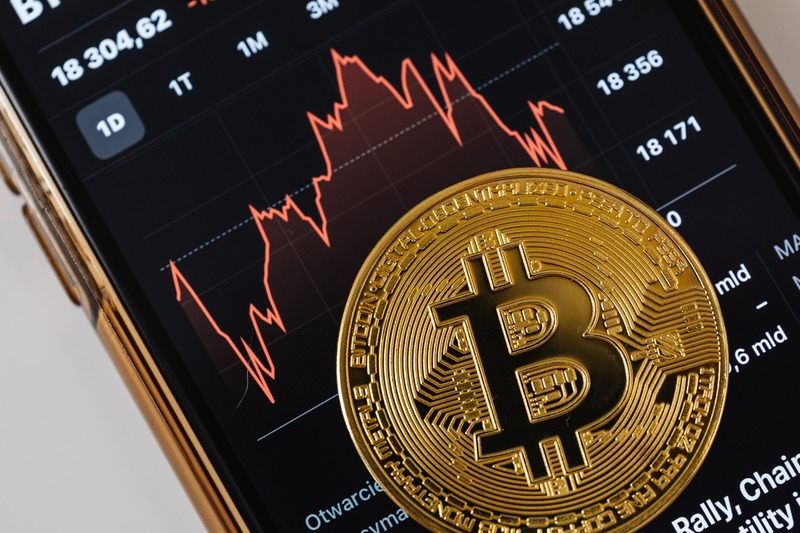Who are the Bitcoin whales?

Bitcoin will change the world.
Peter Thiel
Bitcoin and other cryptocurrencies are the object of interest for many people, from curious laymen to seasoned investors. All of them are in search of the most reliable ways to profit from crypto trades. To be successful in cryptocurrency deals, you need to understand, what categories of market participants exist, and what are the differences between them. And here is one of the most important questions: who are the Bitcoin whales? Understanding this will help you to plan your strategy accordingly, evaluate the state of the current trends and increase your profits.
Who are the Bitcoin whales?
Basically, they are investors, who have accumulated a vast amount of money, and now their capitalization is that high, that their actions affect the market as a whole or its local sector. It can be the result of building their capital gradually or of a one-time successful trade.
But what amount of coins should an investor have to be considered a whale? Obviously, the actual capitalization could vary with the fluctuations of the Bitcoin value. But usually, experts follow a convention, considering that 1000 BTC is a minimal amount of wealth to deserve comparison with that huge sea animal.
With such quantities of cryptocurrency at their hands, they can easily cause prices volatility in the cryptocurrency market. Not all of them do this intentionally, and some just keep their accumulated wealth without engaging in any trades too often. Others can affect the trends deliberately, causing the short-term price slump or rise.

Photo by Karolina Grabowska: Pexels
How many Bitcoin whales are out there?
The actual amount of affluential investors is not as large, as you may expect. At the beginning of 2021, there were about 2200 addresses of crypto wallets accumulating 40% of total BTC capitalization, and now the number remains pretty the same. Here are the largest BTC owners:
Early investors and miners, who acquired BTC before its price skyrocketed and were able to keep access to their wallets:
- Bitcoin creator Satoshi Nakamoto (more than a million BTC);
- Bulgarian government (more than 200 000 BTC, confiscated from criminals);
- Cameron and Tyler Winklevoss (about 150 thousand BTC);
- Barry Silbert, the founder of Digital Currency Group (about 48 thousand BTC);
- Tim Draper, the founder of Draper Associates (about 30 thousand BTC).
Among other whales, there are crypto exchanges (such as Binance and Coinbase), investment funds, and anonymous owners. Since 2020 the list was enriched with several major companies, like Tesla or Galaxy Digital.
Why can cryptocurrency whales be dangerous?
No wonder, that other players of the cryptocurrency market try to cautiously watch the behavior of the whales to predict, what will they do and how will the prices change. In extreme form, this creates another type of investor, the so-called hamsters. They lack practical experience or theoretical knowledge but try to increase profits by mimicking other people’s actions. They are susceptible to panic and easily follow the mass hype. They sell when they see others selling and buy when others are buying. But in fact, their attempts to get rich this way are futile, because hamsters do not have a true strategy. Eventually, they just feed the whales, allowing them to accumulate even more wealth.
So, the main recommendation, that can be given here, is as follows: do not be a hamster. Whales can be dangerous for those, who do not research the market before investing. Sometimes the actions of significant investors cause panic, and those, who follow the panic blindly, will just lose their money.
How do they influence the market?
The existence of Bitcoin whales by itself creates potential instability and volatility. Along with the lack of regulation and its smaller capitalization in comparison with traditional currencies, it causes a situation, where the action of one person can affect the market. The holders of large capital have their ways to influence prices, for example, by selling a significant amount of currency cheaper than the current price or by creating orders at public crypto exchange marketplaces. Such actions have even more important for markets altcoins with smaller capitalization. To avoid such effects when they do not want it, whales conclude over-the-counter trades, that are not listed on major exchange sites.
Despite what was said above, the influence of the whales on BTC price can be considered positive in general: they want Bitcoin to become more expensive because it will be profitable for them. So, their actions can cause short-term fluctuations, they push the price up on a long-term scale.
What does it mean for you?
All Bitcoin transactions are transparent, so it is possible to inspect the actions of major players. There are special services, designed for exactly this purpose, for example. WhaleTrace or WhileAlert. They help to gather and interpret information about whales’ actions. But this is level of detail is important for someone, who trades actively. For most investors, it is enough to look for large orders at major exchange boards, because they can predict steep price fluctuations. This is even more important if you plan to invest in smaller altcoins: if the capitalization is small and the significant part of it is held by several large players, it is easy to get caught into the pump and dump scheme.
Now you know, who are the Bitcoin whales and how these individuals affect the market. It can be expected, that with time the number of large investors will get higher, which, in turn, will provide more stability and predictability for cryptocurrency as a whole.






